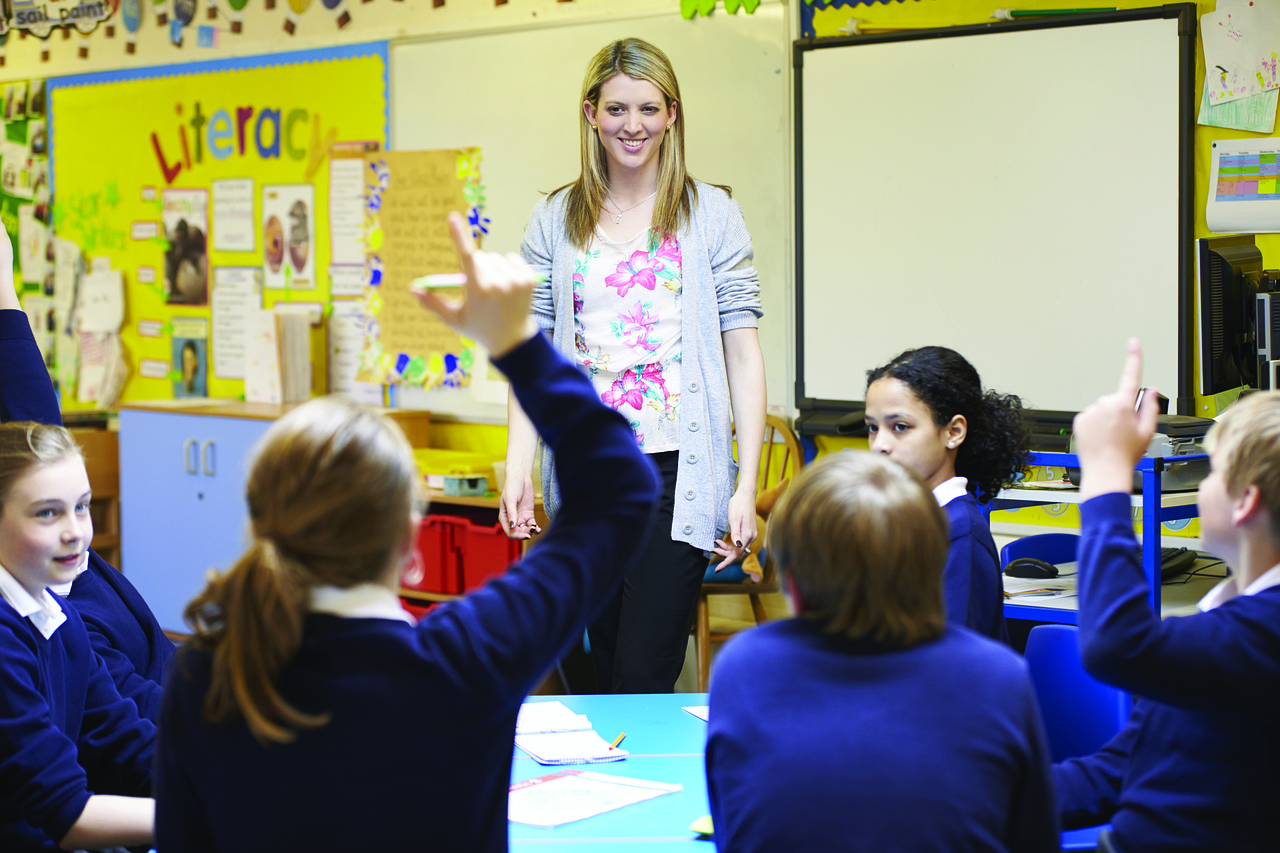
For reading to be effective, it is important for it to be a motivating experience. So, in order to ensure effective reading among students, it is important for teachers to use instructional materials with decodable texts and rich literature. They should use reading assessment tools, practice timely intervention with struggling readers and create an enthusiasm and appreciation for books among students at an early age.
Let us take a look at each of the components of effective reading in detail:
- Phonemic Awareness: The smallest unit of a sound is called a phoneme; phonemic awareness refers to the knowledge of how combinations of sounds make up words. It is the ability to differentiate each sound and blend the sounds into a word. Exposure to print is one of the most effective ways of increasing phonemic awareness. Phonemic awareness improves printed word recognition and helps children to identify and manipulate sounds while speaking.
- Fluent Reading: To be a fluent reader, one should be able to read, write and speak smoothly and accurately. Higher word recognition skills are needed for a child to be a fluent speaker. The child progresses from decoding individual words to sight-reading. The best way to increase fluency is to practice reading in the form of oral reading for beginners, listening to fluent readers, and so on.
- Vocabulary: As children read, interact with others or are read to by someone, they begin discovering, understanding and using new words in their daily lives. The knowledge of new words is essential to their reading comprehension and writing abilities. To improve vocabulary, children should be helped with processing word meanings and understanding their usage. This can be done by encouraging them to learn high frequency words by reading both fiction and non-fiction.
- Text Comprehension: The whole purpose of reading is to be able to understand/comprehend what is being read. The level of reading comprehension depends on a child’s vocabulary and quality of instruction that the child receives. Comprehension can be improved through activities such as answering questions about what has been read, making mental images, learning to recognize clues in the text, using graphic organizers, drawing on previous knowledge or retelling a story.
- Written Expression: Writing and reading are like two sides of the same coin; the components of each offer strength and support to one another to create an effective literacy program. Writing improves phonemic awareness, reinforces phonics instruction, helps in understanding different text styles and also improves comprehension skills.
See-n-Read Reading Tools help in developing effective reading skills. The tools aim at improving varied reading components including vocabulary, comprehension, fluency, etc. For more details on components of effective reading, visit 2533 Sutton Lane, Aurora, IL – 60502, or call at (630) 236 – 5592.
